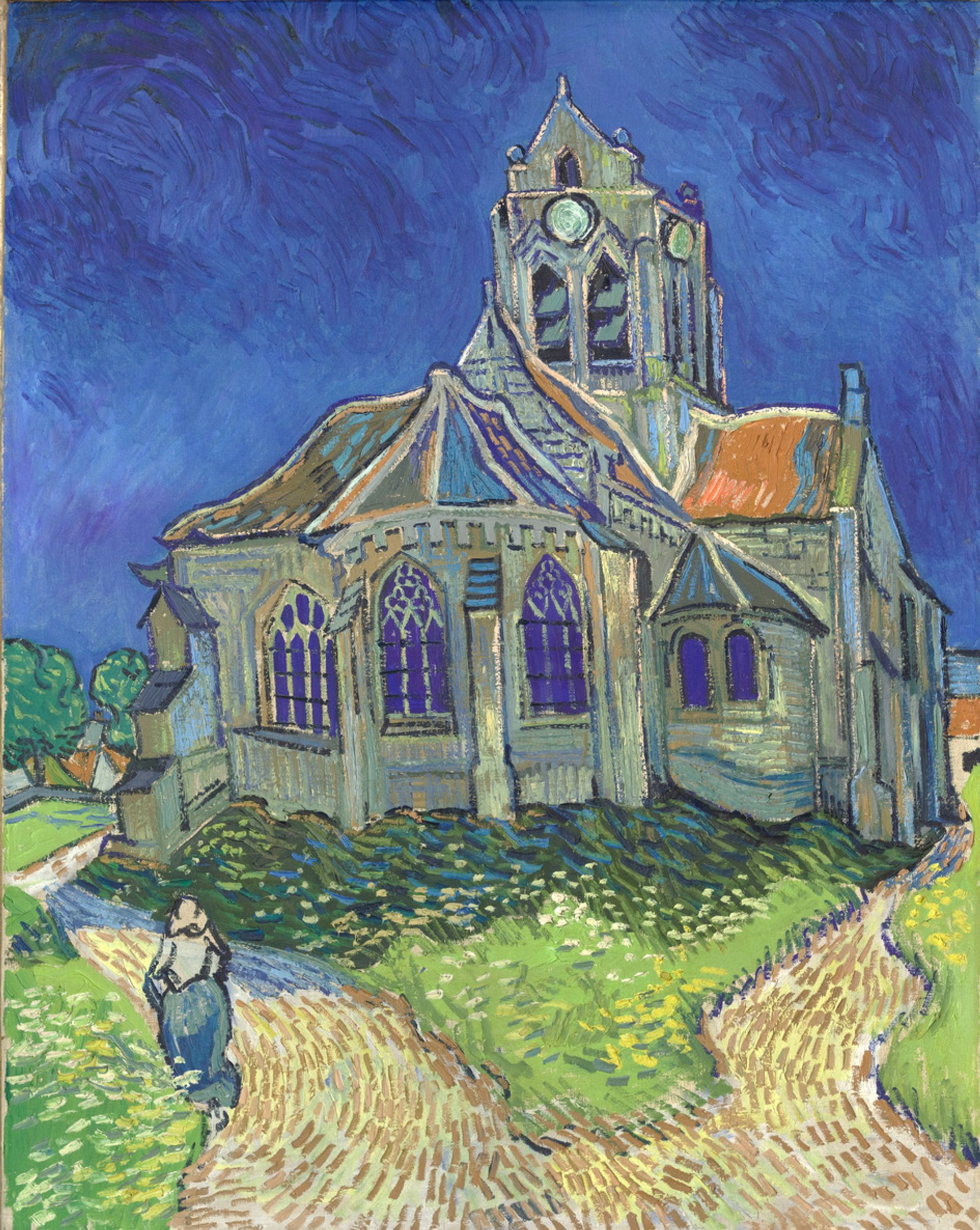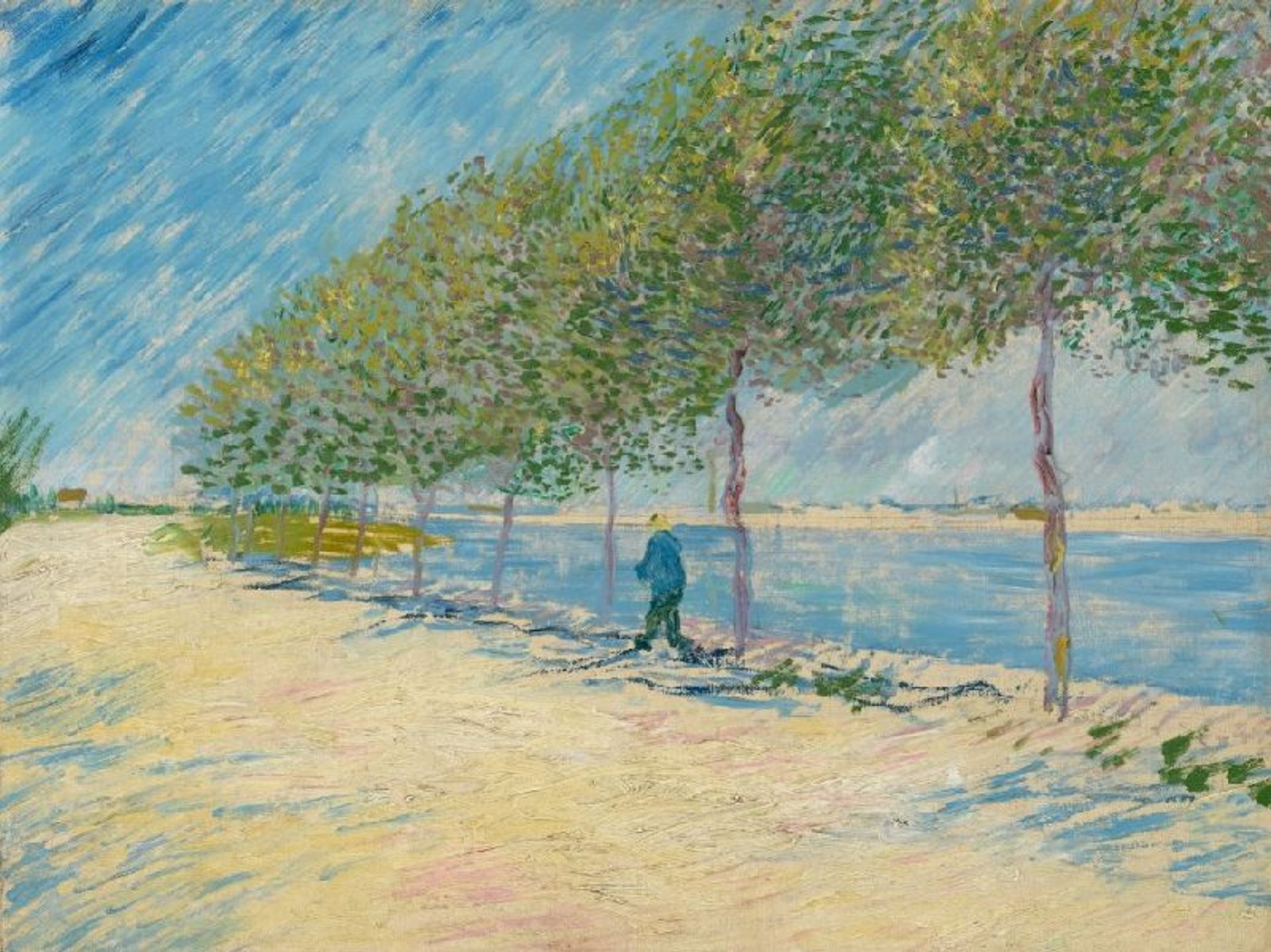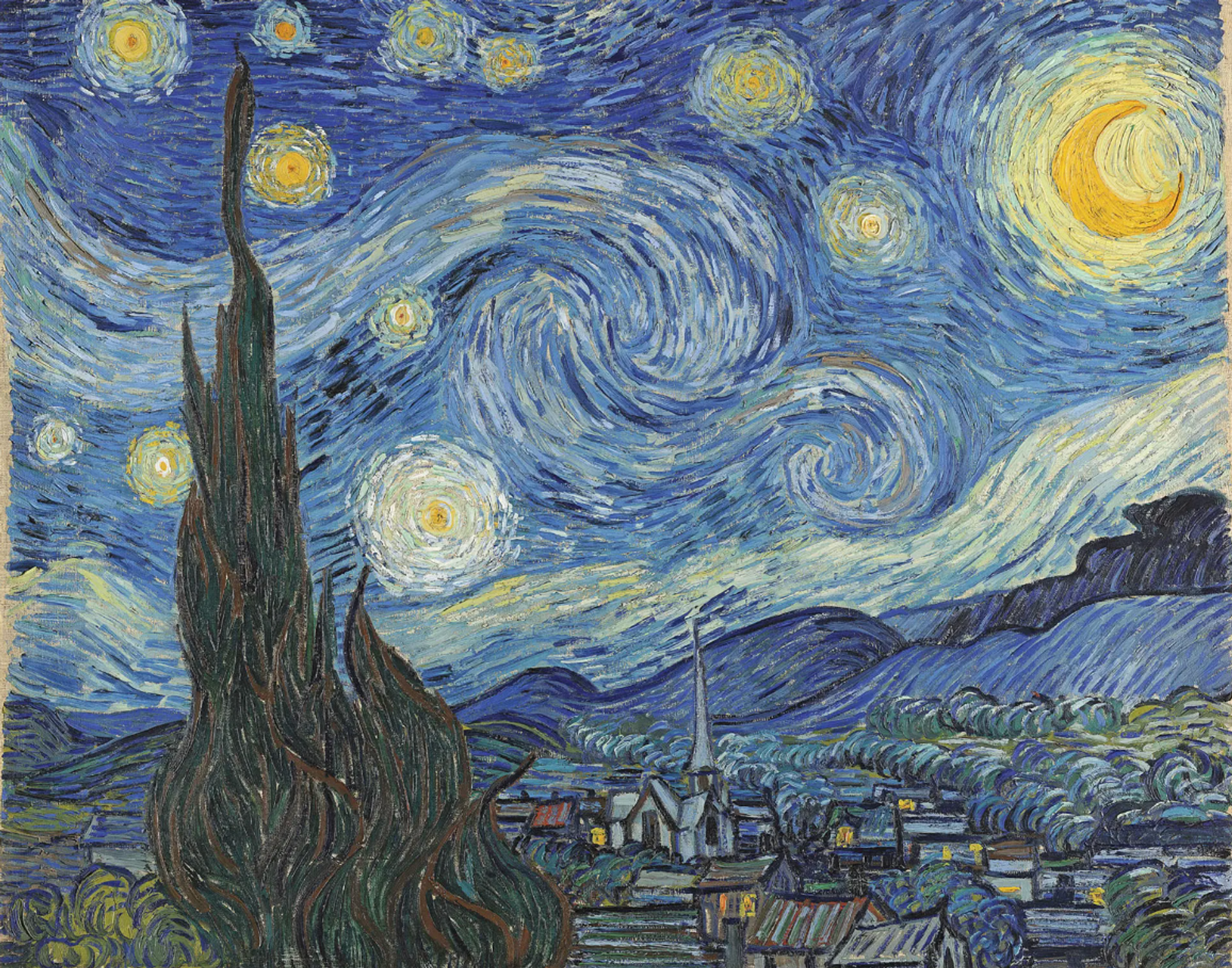By chance, all three of the top Van Gogh “exhibitions of the year” open next month. Together they will present a fresh look at the artist’s work in France in his final years, when his powers were at their greatest. The separate shows include a total of more than 100 of Vincent’s paintings.
Many Van Gogh exhibitions set out to provide a broad look at the artist’s career, borrowing paintings (major and minor) which are available on loan. But these three shows all throw light on particular aspects of his career—pictures done during his concentrated ten weeks in Auvers-sur-Oise, works painted on the banks of the Seine by Van Gogh and four radical colleagues, and depictions of one his favourite motifs, the cypress tree.
These types of exhibitions create particular challenges for curators, since specific paintings are needed and substitutes are often unsuitable. Securing the loans requires great effort and lenders need to be reassured that they are based on deep scholarship. But for visitors, all three exhibitions should prove highly rewarding.
Amsterdam

Van Gogh’s Church at Auvers (June 1890), coming to Van Gogh in Auvers-sur-Oise: His Final Months
Credit: Musée d’Orsay
The first of the shows is Van Gogh in Auvers-sur-Oise: His Final Months at Amsterdam’s Van Gogh Museum,(12 May-3 September). Later in the year it will be presented in Paris, at the Musée d’Orsay (3 October-4 February 2024).
Van Gogh in Auvers-sur-Oise will include 48 of the 74 paintings which he completed in the village, which lies 30 kilometres north-west of Paris. The artist arrived in May 1890 from the asylum in Provence and was there until July, when he died two days after shooting himself. The show includes his haunting Wheatfield with Crows (July 1890).
This will be the first comprehensive show devoted to the artist’s last works. Visitors to the Paris presentation should also try to journey to Auvers, an hour away by train, where the inn in which he lodged can be visited, along with the dual graves of Vincent and his brother Theo.
Chicago

Van Gogh’s By the Seine (May-July 1887), coming to Van Gogh and the Avant-garde: The Modern Landscape
Credit: Van Gogh Museum, Amsterdam (Vincent van Gogh Foundation)
Two days after the Amsterdam opening, the spotlight moves to Chicago. Van Gogh and the Avant-garde: The Modern Landscape (14 May-4 September) will open at the Art Institute of Chicago. Afterwards it will presented at the Van Gogh Museum, Amsterdam (13 October-14 January 2024), with a rather different title (Van Gogh along the Seine).
Attracted by the landscape and new rail access from Paris, artists travelled to nearby Asnières to paint beside the Seine. The exhibition takes a fresh tack, by comparing the way the river was depicted by five avant-garde artists: Van Gogh, Georges Seurat, Paul Signac, Emile Bernard and Charles Angrand.
Van Gogh’s scenes by the Seine have never previously been displayed as a group. It will also be telling to compare his work with that of his progressive colleagues.
New York

Van Gogh’s Starry Night (June 1889), coming to Van Gogh's Cypresses
Credit: Museum of Modern Art, New York
The third show is Van Gogh's Cypresses (22 May-27 August) at New York’s Metropolitan Museum of Art, the only venue. An exhibition in Dallas in 2021 explored the theme of Van Gogh and the Olive Groves, and now the focus turns to the cypress trees.
Although cypresses began to appear in the background of a few of Van Gogh’s Arles paintings in 1888, it was while living at the asylum outside Saint-Rémy-de-Provence that they became a primary focal point in compositions, soaring into the sky. Among the key exhibition loans will be Wheatfield with Cypresses (June 1889), the finest version which is at London’s National Gallery, and Starry Night (June 1889), from New York’s Museum of Modern Art.
It is astonishing to think that both these masterpieces were done within a few days of each other, when the artist was living in a mental asylum. Wheatfield with Cypresses and Starry Night have truly captured the public imagination, a demonstration that creativity can come in the most trying of circumstances.
Individual reports on Van Gogh in Auvers-sur-Oise: His Final Months, Van Gogh and the Avant-garde: The Modern Landscape and Van Gogh's Cypresses will be posted on this blog in the coming weeks.




